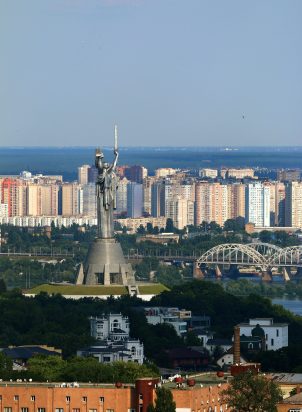This report offers up-to-date and, where possible, comparable information on how the integration of migrants and refugees is steered, coordinated, and implemented across the Nordic countries. It provides an overview of how responsibilities for integration are distributed among the ministries, agencies, and local-level actors. The report presents a snapshot of strategic policy directions and recent legislative developments, alongside practical insights into the implementation of key integration measures, such as introduction programmes, settlement schemes, and language training in each country.
The report is structured in the following way:
Chapter 1 introduces the study, key terminology and the methods used to conduct the study.
Chapter 2 presents a brief overview of immigration to the Nordic countries based on data from the Nordic Statistics database.
Chapter 3 provides a country-by-country overview of key actors, strategic directions in integration policy, and specific integration measures, such as introduction programmes, settlement schemes, language education and access to social assistance, financial support, and healthcare and schooling for different categories of migrants. The main focus is on Denmark, Finland, Iceland, Norway, and Sweden, with shorter sections covering the Faroe Islands, Greenland, and the Åland Islands.
Chapter 4 summarises the main findings, highlighting similarities and differences in how the Nordic countries address integration. The study concludes with a comparative summary table.








